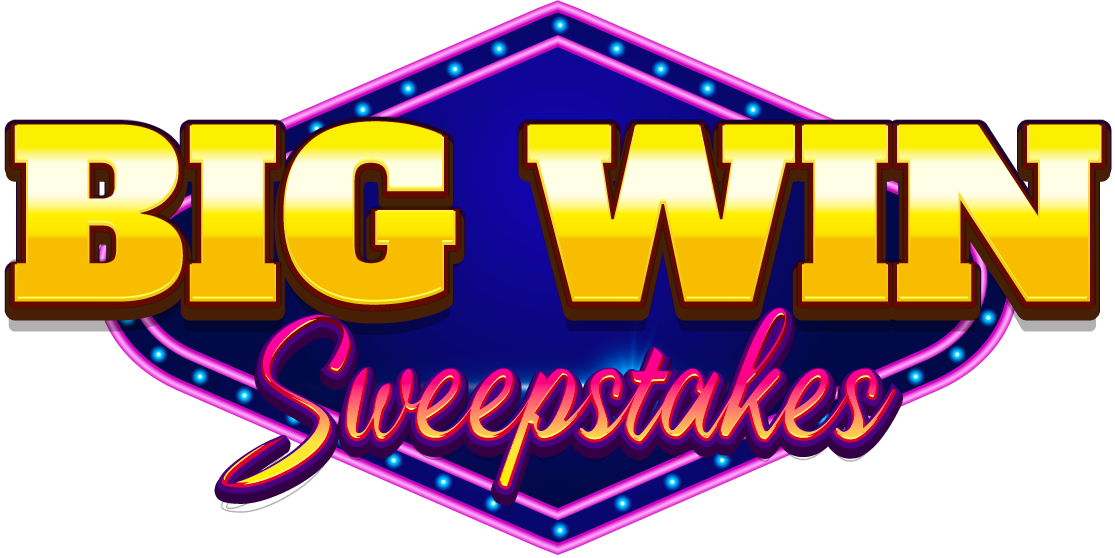Sweeps. Giveaways. Online contests. To many of us, they’re a fleeting hope: click, submit, maybe win something. But for a dedicated community of “sweepers,” these aren’t one-off hopes — they’re a well-honed strategy. From vacations and gadgets to cash and cars, some enter so many contests that winning becomes a routine, not a fluke.
Here’s a deeper look at what separates hobbyists from high-frequency winners, how the brands benefit, and specific tactics you can adapt to raise your odds.
The Sweeping Subculture
Across forums, Facebook groups, aggregation sites and niche newsletters, a distinct subculture has grown around entering online sweepstakes. What started as a fun occasional entry for many has evolved into a regular discipline for others. According to one informal survey, roughly half of frequent participants reported winning prizes worth $1,000 + per year; a subset claimed winnings beyond $12,000 annually.
What’s striking is that these high-frequency entrants often treat it like a system rather than pure luck. They use spreadsheets, dedicated email addresses, automatic form-fill tools, strategy threads — turning what might seem like gambling into a semi-methodical effort.
Big Winners & What They Reveal
Two standout profiles illustrate markedly different approaches:
- Profile A: The “qualitative” winner. One UK entrant (over 20 years) has tallied prizes worth hundreds of thousands of dollars — everything from a VW Beetle to iPhones, trips to Tokyo and Brazil, appliances and more. She reports entering ~300 contests per month, often focusing on contests that allow creativity (a photo entry, essay, tweet) and where fewer people try.
- Key insight: When entry requires a little more effort, competition may shrink and the prize handler might favor a more “engaged” winner.
- Profile B: The “volume” winner. A U.S. entrant known as “Contest Queen” has leveraged sheer volume: new email addresses, contest aggregators, autofill software — enabling hundreds of entries per hour. In her best year she claimed winnings in excess of $60k.
- Key insight: Consistency + volume create more chances. Every entry is a potential win.
Both show that winning ties less to pure luck than to sustained effort, strategy, and efficiency.
Why Brands Host Sweepstakes
Of course, the focus is often on the winner — but what about the brands running sweepstakes? Here’s the underlying motive:
- Sweepstakes generate user-generated content (UGC) and brand exposure. One example: a brand may give away 1,000 $20 gift cards (total cost $20k), but if it triggers tens of thousands of retweets or shares, the implied media value can reach ~$200k or more.
- They build large email/consent databases, collect social handles or engagement, and can convert contest entrants into longer-term customers.
- They create buzz and affinity — people remember the brand that gave them something, and those who don’t win still may feel positive about participating.
Thus, for brands, sweepstakes are rarely pure altruism — they’re a marketing play. And recognizing that helps entrants be more thoughtful (for instance, reading terms, managing risk).
How to Improve Your Odds: 6 Smart Tactics
Here are actionable tactics drawn from frequent winners — you can apply them whether you’re entering as a consumer or building a promotional strategy for your brand.
- Choose harder contests
Sweepstakes with simple entry fields attract huge volumes. Contests requiring a photo submission, creative tweet, local-only entries or unique hashtags often see fewer entrants — meaning better odds for those who apply. - Stay local and niche
Local promotions (restaurants, movie theatres, local radio stations) often have much smaller entry pools. If you live nearby, entering these can raise your chance of winning. - Read the terms & conditions
Many contests hide key details in their fine print: eligibility, number of winners, tax liabilities, data-use clauses. Being careful protects you from nasty surprises (such as finding you’ll owe large taxes or have to jump through hoops). - Create a dedicated entry pipeline
- Use a separate email address for contest entries so you’re not inundated with marketing spam.
- Track entries via a spreadsheet: contest name, entry date, prize, follow-up. Over time, you may spot patterns or find which types you win most.
- Use aggregators
Sites that list and filter legitimate sweepstakes save time and help you avoid scams. Frequent winners treat these as a core tool. - Make your entry stand out for creative contests
When entry involves a photo, caption, or story, think about the audience and brand running it — entrants who make the brand look good or align with the theme often get noticed. For example: one winner tweeted a photo standing in the snow in a bathing suit to win a Florida trip.
Risks & Considerations
- Tax implications. Winning big often means you become liable for taxes — in the U.S., prize value is typically treated as income. One famous example: audience members given cars on-air ended up with thousands in bills they hadn’t expected.
- Scams & data harvesting. Sweepstakes sometimes serve as lead-gen or data collection tools. Some may require hidden fees, shipping costs, or “pay-to-enter” traps. Always verify legitimacy.
- Time vs. reward. If you enter hundreds of contests daily, the time investment may be significant. Decide if your “entry system” is worth the hours.
- Brand motives. Remember the brand’s objective: exposure, engagement, lead capture. That means winners are sometimes selected not purely by chance but by perceived value to the brand (especially in creative/UGC contests).
What It Means for a Sweepstakes Campaign
Whether you’re a contest entrant or running a promotional campaign, here are take-aways:
- For entrants: Treat it like a strategy game: pick your entry niches, optimize your pipeline, stay consistent, track results. Success doesn’t depend solely on luck—it depends on effort + smarts.
- For brands/promoters: Design sweepstakes with an eye to yield: you want entries, yes—but also brand buy-in, UGC, community engagement, and measurable lift. Make entry compelling, but ensure you capture value (email, social, data) and fulfil entrants fairly.
Conclusion
Sweepstakes are often dismissed as random chance or corporate gimmicks. But as many high-frequency “sweepers” demonstrate, with the right mix of strategy, tools and persistence, winning can become a meaningful reward rather than a rare fluke. And for brands, well-designed contests offer far more than just “free giveaways” — they offer real engagement, exposure and lasting value.
If you treat it like a system rather than a one-off hope, your next “Enter to win” might just be the start of something bigger.

